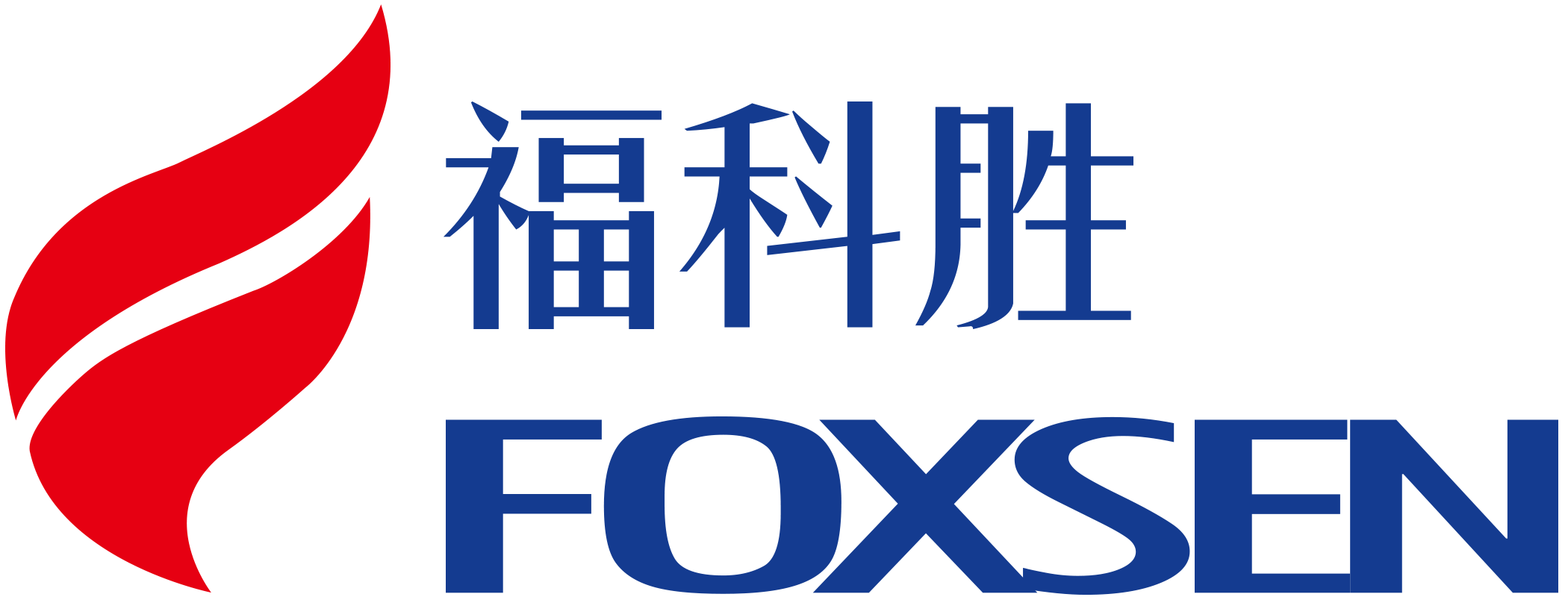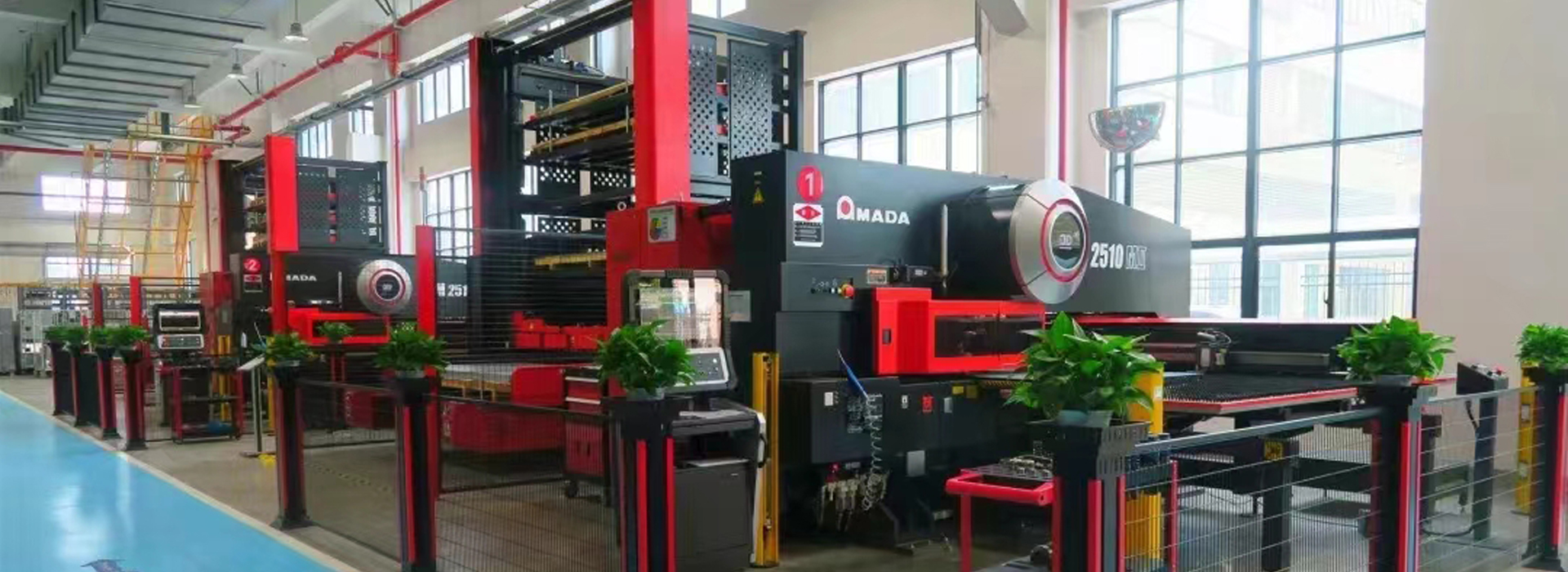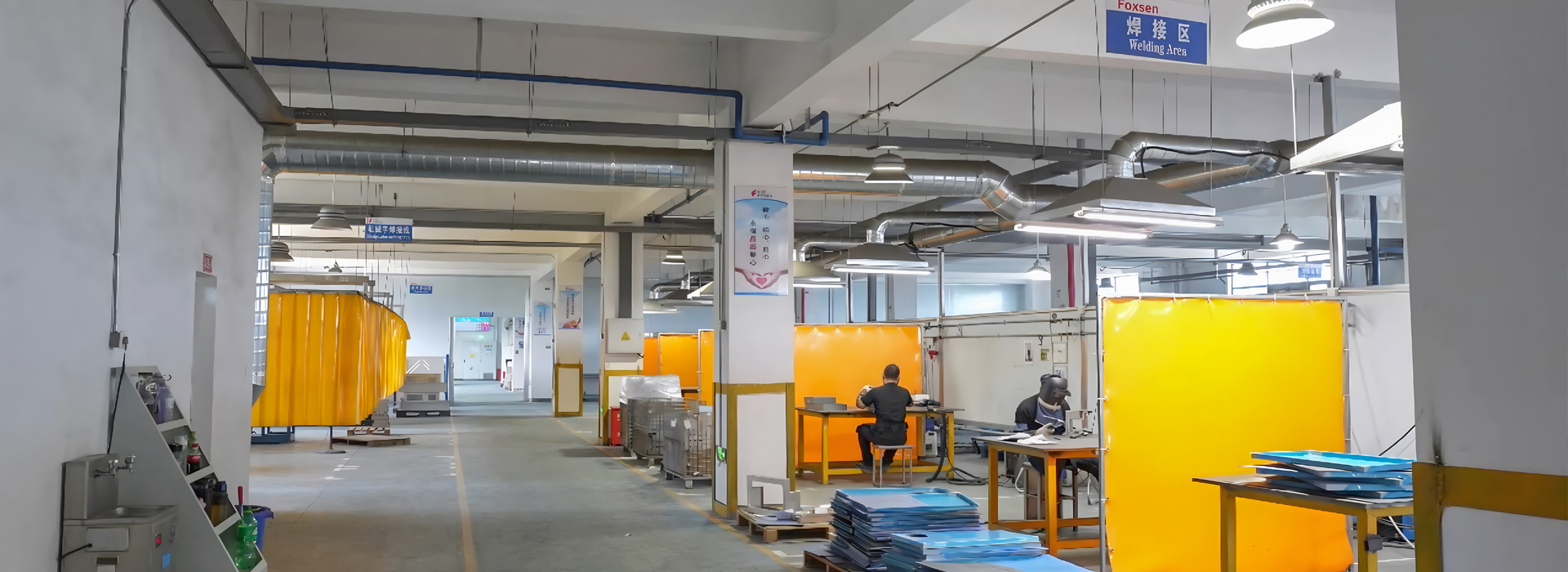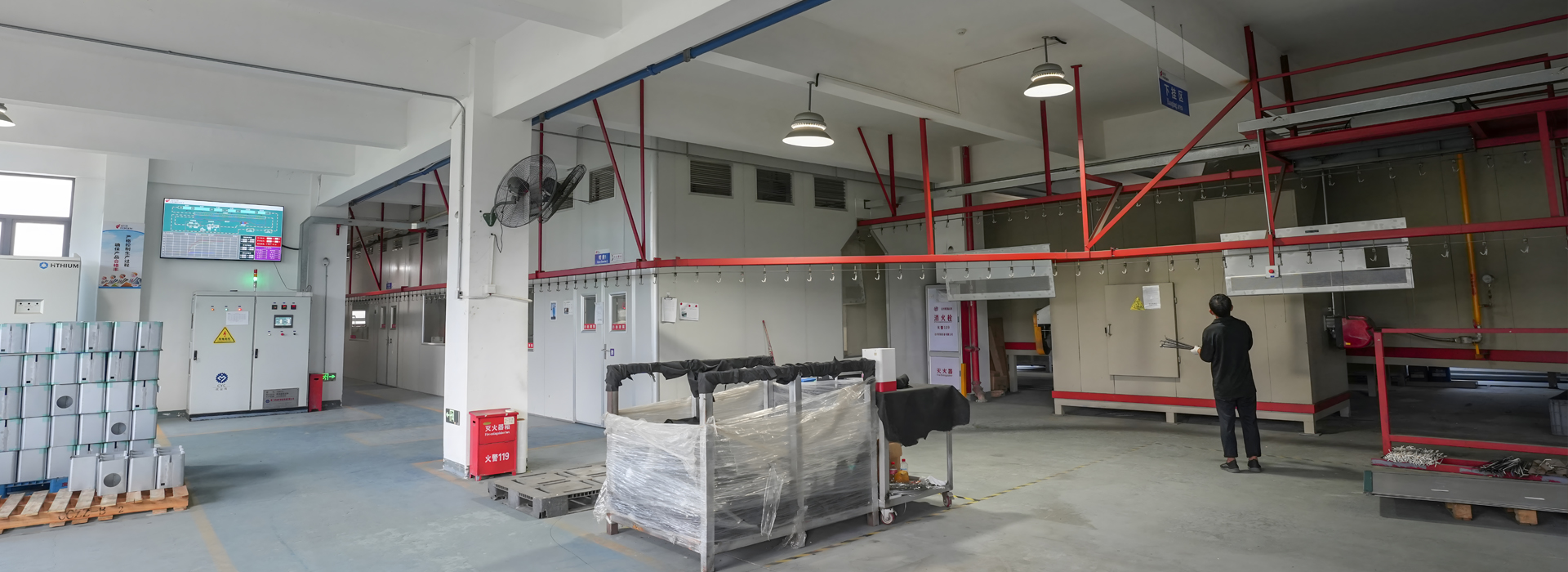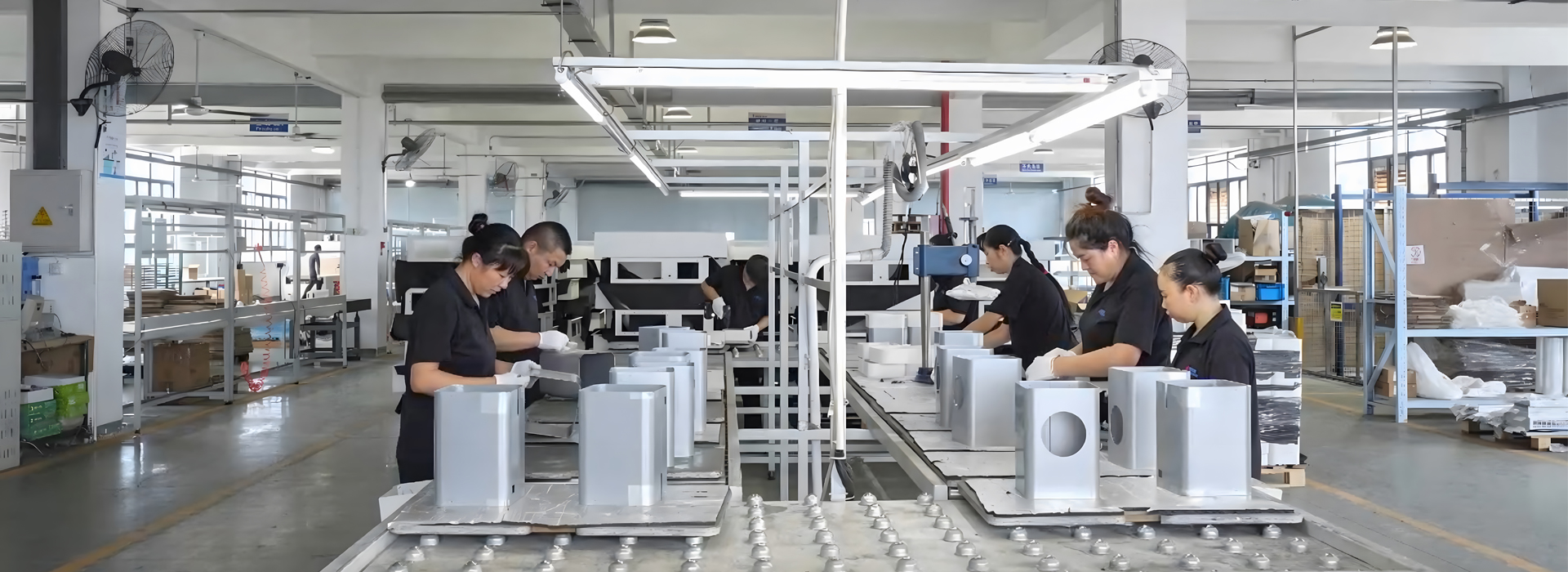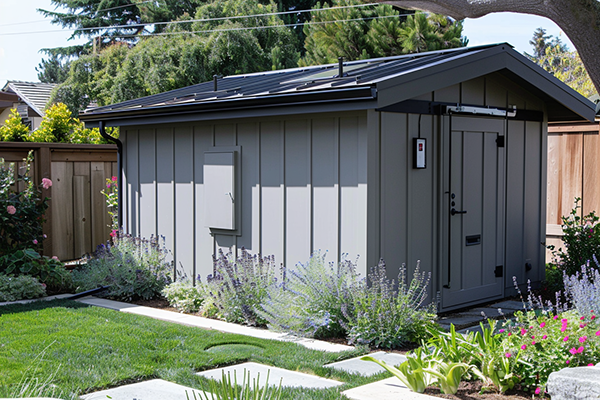
Outdoor equipment faces constant exposure to unpredictable weather conditions. Selecting the right enclosure protects your equipment from damage caused by rain, humidity, or extreme temperatures. A well-designed outdoor weatherproof enclosure prevents overheating, condensation, and corrosion, ensuring reliable performance and extending the lifespan of your equipment. Durable materials like stainless steel and galvanized steel resist rust and harsh environments, while proper ventilation and sealing prevent internal climate issues. Key factors such as environmental protection, material durability, ingress protection, and thermal management play a critical role in choosing a sheet metal outdoor equipment enclosure suited for your needs.
Key Takeaways
Pick strong enclosures to shield outdoor gear from rain, dirt, and sunlight. This keeps equipment working well and lasting longer.
Use tough materials like stainless steel or aluminum for strong protection. These materials don’t rust and handle bad weather easily.
Think about what your equipment needs when making enclosures. Features like air vents and easy access help with repairs and use.
Look at the IP rating to check how well enclosures block water and dust. Higher ratings mean better safety from the environment.
Check seals and gaskets often to keep enclosures waterproof. This stops damage and saves money on fixing things later.
Key Factors for Choosing a Sheet Metal Outdoor Equipment Enclosure
Environmental Protection and Weather Resistance
When selecting an outdoor weatherproof enclosure, you must prioritize environmental protection. Outdoor equipment faces challenges like rain, snow, dust, and UV radiation. A weatherproof enclosure shields your equipment from these elements, ensuring uninterrupted performance. Look for enclosures with robust sealing systems, such as gaskets, to prevent water ingress during heavy rainfall. UV-resistant coatings protect the metal from sun damage, maintaining its structural integrity over time. By choosing an enclosure designed for weather resistance, you safeguard your equipment against environmental wear and tear.
Durability and Longevity in Harsh Conditions
Durability is one of the key factors to consider when choosing a sheet metal outdoor equipment enclosure. Harsh conditions, including extreme temperatures and corrosive environments, demand enclosures made from resilient materials. Stainless steel and galvanized steel offer excellent corrosion resistance, making them ideal for long-term outdoor use. Aluminum provides lightweight durability, which is useful for portable applications. Ensure the enclosure has a sturdy construction and appropriate metal thickness to withstand physical impacts. A durable enclosure reduces maintenance costs and extends the lifespan of your equipment.
Functional Design for Specific Applications
A custom design enhances the functionality of your outdoor weatherproof enclosure. Consider the specific needs of your equipment. For example, ventilation features are essential for heat-sensitive devices, while modular designs allow you to add components or upgrade systems easily. Accessibility features, such as hinged doors or removable panels, simplify maintenance and repairs. Security measures, like lockable doors, protect your equipment from theft or tampering. By choosing an enclosure tailored to your application, you optimize performance and ensure ease of use.
Material Selection for Weatherproof Enclosures
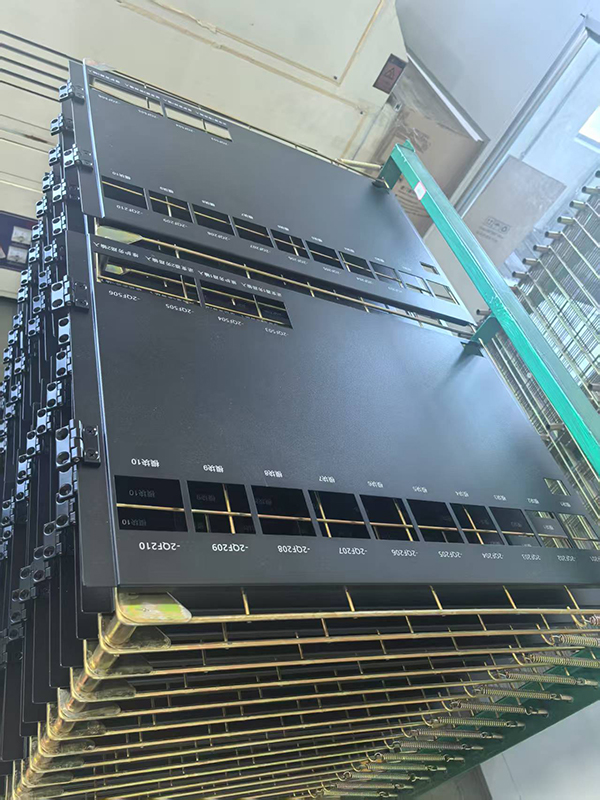
Comparing Stainless Steel, Aluminum, and Galvanized Steel
When choosing the right material for your outdoor weatherproof enclosure, understanding the strengths and weaknesses of stainless steel, aluminum, and galvanized steel is essential. Each material offers unique benefits depending on the environment and application.
Stainless Steel: Known for its exceptional corrosion resistance, stainless steel is ideal for harsh environments like marine settings or areas with high chloride exposure. Its chromium oxide layer protects against rust and ensures long-term durability. However, stainless steel can be heavy and costly, making it less suitable for applications where weight or budget is a concern.
Aluminum: Lightweight and naturally resistant to corrosion, aluminum is perfect for environments with high moisture or salt exposure. Its self-repairing oxide layer provides excellent protection, but it is more prone to galvanic corrosion when in contact with dissimilar metals. Aluminum is a great choice for portable or weight-sensitive applications.
Galvanized Steel: This material features a zinc coating that offers sacrificial protection, preventing moisture and oxygen from reaching the steel. It performs well in environments with physical abrasion or wear and tear. However, its lifespan depends on the thickness of the zinc coating and the severity of the environment.
Corrosion Resistance and UV Protection
Corrosion resistance and UV protection are critical factors when selecting materials for your outdoor weatherproof enclosure. Corrosion can compromise the structural integrity of your enclosure, while UV exposure can degrade its surface over time.
Corrosion Resistance: Stainless steel stands out for its ability to resist rust, even in marine environments. Its chromium and molybdenum content create a protective layer that prevents oxidation. Aluminum also offers excellent corrosion resistance due to its natural oxide film, though it requires careful handling to avoid galvanic corrosion. Galvanized steel relies on its zinc coating for protection, making it effective in wet or snowy conditions.
UV Protection: UV-resistant materials, such as anodized aluminum or powder-coated metals, provide long-lasting protection against sun damage. Anodizing creates a thick, hard coat on aluminum, while powder coating forms a dense, smooth surface that resists cracking under prolonged UV exposure. These treatments ensure your enclosure maintains its appearance and functionality in sunny climates.
Choosing the Right Metal Thickness for Strength and Weight
The thickness of the metal used in your sheet metal enclosure directly impacts its strength, weight, and overall performance. Thicker metals provide greater durability and resistance to physical impacts, making them suitable for harsh environments. However, they also add weight, which may not be ideal for portable applications.
For lightweight applications, aluminum offers an excellent balance of strength and weight. Its natural corrosion resistance allows you to use thinner sheets without compromising durability. Stainless steel, while heavier, provides unmatched strength and longevity, making it a reliable choice for fixed installations. Galvanized steel offers a middle ground, with its zinc coating providing additional protection without significantly increasing weight.
When selecting the metal thickness, consider the specific demands of your application. For example, enclosures exposed to frequent physical impacts or heavy equipment may require thicker materials. On the other hand, portable or weight-sensitive applications benefit from thinner, lightweight materials like aluminum.
Tip: Consult with a trusted manufacturer like Foxsen to determine the optimal metal thickness for your outdoor weatherproof enclosure. Their expertise ensures you achieve the perfect balance of strength, weight, and durability.
Understanding IP Ratings for Outdoor Weatherproof Enclosures
What IP Ratings Mean for Outdoor Applications
IP ratings, or Ingress Protection ratings, define the level of protection an enclosure offers against solid particles and liquids. These ratings are crucial for outdoor weatherproof enclosures, as they determine how well your equipment can withstand environmental challenges like dust, rain, or immersion in water.
The IP rating system uses two digits. The first digit indicates protection against solids, such as dust, while the second digit represents resistance to liquids, including water. For example, an IP65 rating means the enclosure is dust-tight and can resist water jets. Higher IP ratings, like IP67 or IP68, offer advanced protection, making them ideal for equipment exposed to harsh outdoor conditions.
Tip: Always check the IP rating to ensure your enclosure meets the specific environmental demands of your application.
Selecting the Right IP Rating for Your Equipment
Choosing the correct IP rating depends on the environment and the type of equipment you need to protect. Outdoor weatherproof enclosures require higher IP ratings to ensure durability and functionality in challenging conditions.
IP65: This rating is suitable for outdoor equipment like surveillance systems or traffic signal controls. It provides protection against dust and water jets, ensuring reliable performance during rain or snow.
IP67: Ideal for equipment that may experience temporary immersion in water, such as devices installed in flood-prone areas.
IP68: Necessary for equipment exposed to continuous immersion, such as underwater lighting or pool installations.
Selecting a high IP rating ensures your equipment remains operational and reduces the risk of damage, saving you from costly repairs or replacements.
Note: Investing in enclosures with higher IP ratings enhances durability and extends the lifespan of your equipment, especially in harsh outdoor environments.
Common IP Ratings for Sheet Metal Enclosures
Understanding common IP ratings helps you choose the right outdoor weatherproof enclosure for your needs. Below is a guide to typical IP ratings and their applications:
For outdoor applications, IP ratings below 44 are unsuitable. Ratings between IP44 and IP65 work well for limited exposure to dust and water. For harsh environments, IP66 to IP68 provide robust protection against dust and water, ensuring your equipment remains safe and functional.
Callout: Higher IP ratings, such as IP67 and IP68, are essential for devices exposed to water immersion or constant dust. These ratings improve durability and reduce maintenance costs.
By understanding IP ratings, you can select the best sheet metal outdoor equipment enclosure to protect your devices from environmental hazards.
Waterproofing Features in Sheet Metal Enclosures
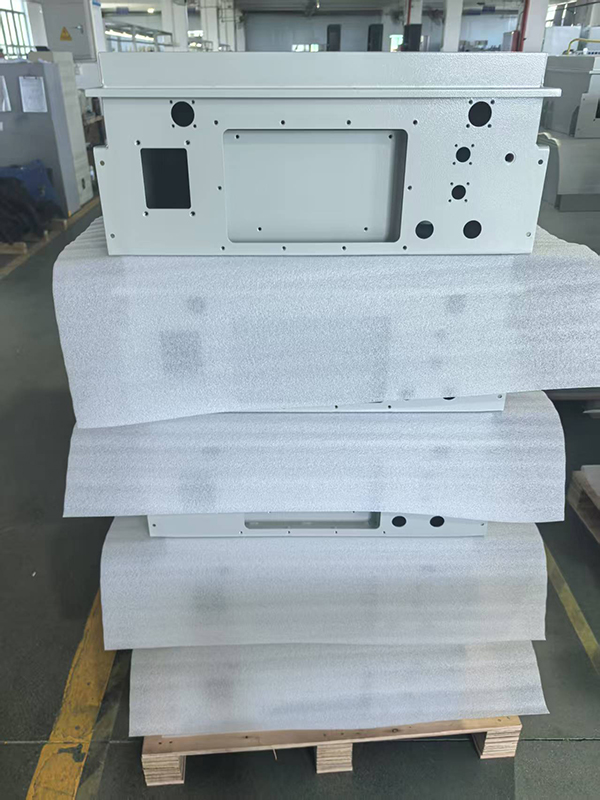
Effective Sealing Methods and Gasket Designs
Effective sealing is essential for ensuring the reliability of your outdoor weatherproof enclosure. High-quality gaskets and seals prevent water ingress, even during heavy rainfall or immersion. Silicone, fluorocarbon (Viton), and EPDM are popular gasket materials due to their durability and resistance to environmental stress. Proper installation techniques, such as lubrication and avoiding twisting, enhance gasket performance.
Testing methods like IP testing (IEC 60529) and NEMA testing verify the effectiveness of sealing systems. Manufacturers also conduct in-house tests, including water spray and immersion tests, to ensure enclosures meet waterproofing standards. Field trials further validate performance under real-world conditions.
By choosing enclosures with robust sealing systems and high-quality gaskets, you ensure long-term protection for your equipment.
Preventing Water Ingress in Extreme Weather
Extreme weather conditions, such as heavy rain and high winds, pose significant challenges for outdoor weatherproof enclosures. To prevent water ingress, manufacturers use reinforced cladding and aerodynamic designs that withstand wind loads. Sealed joints and rain screen systems further enhance waterproofing efficiency.
Flexible membranes, such as APP and SBS types, offer excellent protection against water penetration. APP membranes resist heat and UV exposure, making them ideal for hot climates. SBS membranes excel in cold weather, maintaining flexibility and preventing cracks. Liquid waterproofing membranes and sheet membranes also provide robust barriers against water ingress.
Wind Load Design: Reinforced cladding and aerodynamic shapes resist high winds.
Waterproofing and Drainage: Sealed joints and rain screen systems prevent water entry.
APP Membranes: Heat-resistant and UV-protective, suitable for hot climates.
SBS Membranes: Flexible in cold weather, preventing leaks and cracks.
Sheet Membranes: Preformed sheets offer strong protection against water penetration.
Selecting enclosures with advanced waterproofing strategies ensures your equipment remains safe during extreme weather events.
Maintenance Tips for Long-Term Waterproofing
Regular maintenance is crucial for preserving the waterproofing features of your sheet metal outdoor equipment enclosure. Inspect seals and gaskets periodically for signs of wear or damage. Replace worn components promptly to maintain optimal performance.
In Japan, waterproofing membranes are designed to last around 10 years, supported by legal guarantees that hold contractors accountable. High-quality design and regular upkeep significantly improve the durability of waterproofing systems.
Inspect gaskets and seals for cracks or wear.
Replace damaged components to prevent water ingress.
Schedule routine maintenance to ensure long-term reliability.
Tip: Partner with manufacturers who offer warranties and maintenance support to maximize the lifespan of your weatherproof enclosure.
By following these maintenance practices, you can extend the life of your enclosure and protect your equipment from environmental damage.
Thermal Management in Outdoor Weatherproof Enclosures
Handling Temperature Extremes with Material Choices
Outdoor weatherproof enclosures must endure a wide range of temperatures without compromising performance. Choosing the right materials is critical for effective thermal management. Some materials, like nickel-based alloys, excel in high-temperature stability, making them suitable for demanding environments. Cobalt and titanium alloys balance strength and temperature resistance, ensuring durability in extreme heat. However, repeated temperature cycling, known as thermal fatigue, can weaken materials over time.
Thermal expansion and contraction also play a significant role. Different materials expand and contract at varying rates, which can lead to stress and potential failure. For long-term reliability, select materials that resist degradation under prolonged high temperatures. This approach not only enhances thermal resistance but also ensures your enclosure remains functional in challenging conditions.
Nickel-Based Alloys: High-temperature stability.
Cobalt and Titanium Alloys: Strength and temperature resistance.
Thermal Fatigue: Weakens materials with repeated cycling.
Thermal Expansion: Causes stress due to material movement.
Ventilation and Cooling Options for Heat-Sensitive Equipment
Heat-sensitive equipment requires proper ventilation and cooling to maintain optimal performance. Outdoor weatherproof enclosures often incorporate features like vents, fans, or heat exchangers to dissipate heat effectively. Research highlights the importance of proper placement and design of outdoor units, such as air source heat pumps, to enhance cooling efficiency. Ensuring adequate natural ventilation and minimizing obstructions can significantly improve performance.
Innovative cooling solutions, like phase change material (PCM) vests, have shown promise in reducing heat stress. These materials absorb and release heat as they change phases, providing consistent cooling. While primarily used in outdoor occupations, their principles can inspire custom cooling designs for enclosures. By integrating these strategies, you can protect your equipment from overheating and extend its lifespan.
Insulation Strategies for Cold Climates
Cold climates demand robust insulation strategies to maintain the thermal resistance of your enclosure. Polyisocyanurate insulation stands out for its energy efficiency and reduced greenhouse gas emissions. However, traditional insulation materials often lose effectiveness at low temperatures. Advanced products now address this issue by maintaining thermal resistance even in extreme cold.
By selecting the right insulation materials and designs, you can ensure your outdoor weatherproof enclosure performs reliably in freezing conditions. Regular maintenance and upgrades to insulation can further enhance its durability and energy efficiency.
Design and Accessibility in the Right Enclosure
Modular Designs for Customization and Upgrades
A modular enclosure offers flexibility and scalability, making it ideal for outdoor applications. You can adapt these enclosures to meet specific requirements by integrating interchangeable components. Modular systems allow you to scale up or modify the enclosure as your equipment evolves. Built-in features like power distribution units and cable management trays enhance performance and simplify maintenance.
Key design elements support customization and upgrades:
Mounting Options: Choose between wall-mounting, floor-standing, or pole-mounting for installation flexibility.
Cable Management: Organize wiring with built-in trays to reduce clutter and prevent damage.
Ventilation and Cooling: Regulate temperature to protect heat-sensitive components.
Sealing and Gasketing: Ensure watertight and dustproof protection against environmental factors.
Locking Mechanisms: Prevent unauthorized access with secure locking systems.
Grounding Provisions: Reduce hazards with reliable electrical ground connections.
By choosing a fully custom enclosure, you can optimize functionality and ensure your equipment remains protected in diverse environments.
Accessibility Features for Maintenance and Repairs
Accessibility plays a vital role in maintaining outdoor weatherproof enclosures. Features like access doors simplify cleaning and inspection tasks. Vented cases reduce particulate infiltration and pest ingress, ensuring easier upkeep. Maintenance considerations, such as environmental control equipment rotation, further enhance accessibility.
A fully custom enclosure with these features ensures smooth maintenance and extends the lifespan of your equipment.
Security Features to Protect Outdoor Equipment
Security is essential for safeguarding outdoor equipment. Lockable doors and tamper-resistant mechanisms prevent unauthorized access. Reinforced hinges and durable locking systems enhance protection against theft or vandalism. You can also integrate advanced security measures, such as electronic locks or alarm systems, for added safety.
A custom design tailored to your needs ensures your equipment remains secure in any environment. By prioritizing security features, you protect your investment and reduce the risk of costly repairs or replacements.
Choosing the right enclosure for your outdoor equipment involves balancing protection, durability, and functionality. A weatherproof enclosure shields your equipment from moisture, heat, and chemicals, ensuring reliable performance. Durable materials like aluminum or stainless steel withstand harsh conditions, while thoughtful designs enhance usability.
Evaluate your specific needs before making a decision. Research materials and IP ratings to match your environment. Consult experts to ensure you select the right enclosure for your application. This approach guarantees your outdoor weatherproof enclosure will protect your equipment effectively and last for years.
FAQ
What is the best material for outdoor weatherproof enclosures?
The best material depends on your environment. Stainless steel works well in corrosive areas like coastal regions. Aluminum suits lightweight applications and resists rust. Galvanized steel offers durability in physically demanding environments.
Tip: Match the material to your specific environmental challenges for optimal performance.
How do I determine the right IP rating for my enclosure?
Identify your equipment's exposure to dust and water. For light rain, IP65 suffices. For temporary immersion, choose IP67. Continuous submersion requires IP68.
Note: Higher IP ratings provide better protection but may increase costs.
How can I ensure my enclosure stays waterproof over time?
Inspect seals and gaskets regularly. Replace worn components immediately. Clean the enclosure to prevent debris buildup.
Checklist:
Inspect seals quarterly.
Replace damaged gaskets.
Clean surfaces to maintain sealing integrity.
What features improve thermal management in enclosures?
Ventilation, cooling systems, and insulation enhance thermal management. Use vents or fans for heat-sensitive equipment. Insulate for cold climates.
Example: Phase change materials (PCMs) absorb and release heat, maintaining stable temperatures.
Are modular enclosures worth the investment?
Yes, modular designs allow customization and future upgrades. They adapt to changing needs, saving costs in the long run.
Advantages:
Scalability for new components.
Simplified maintenance.
Enhanced functionality.
Callout: Modular enclosures offer flexibility and long-term value.
